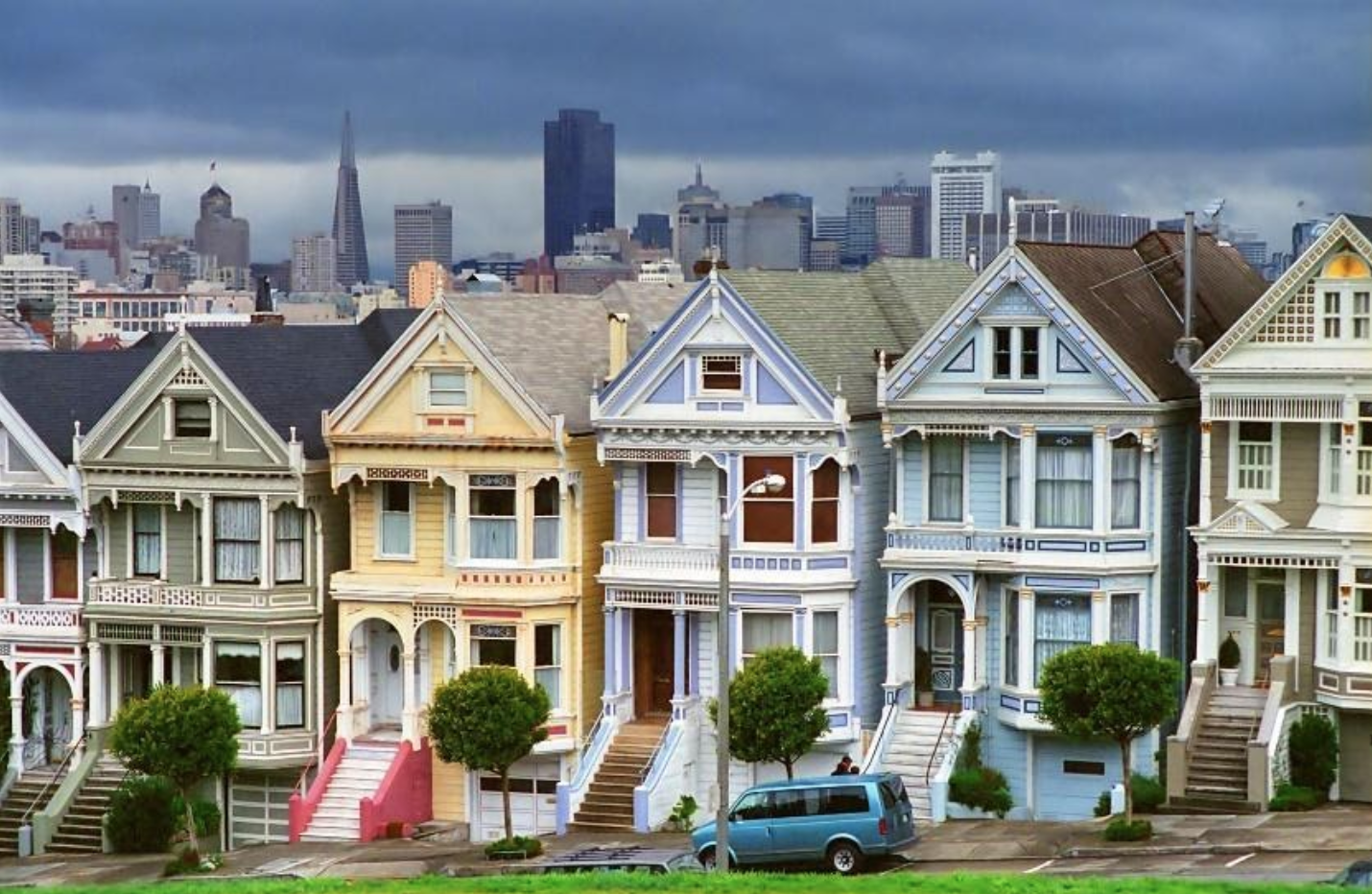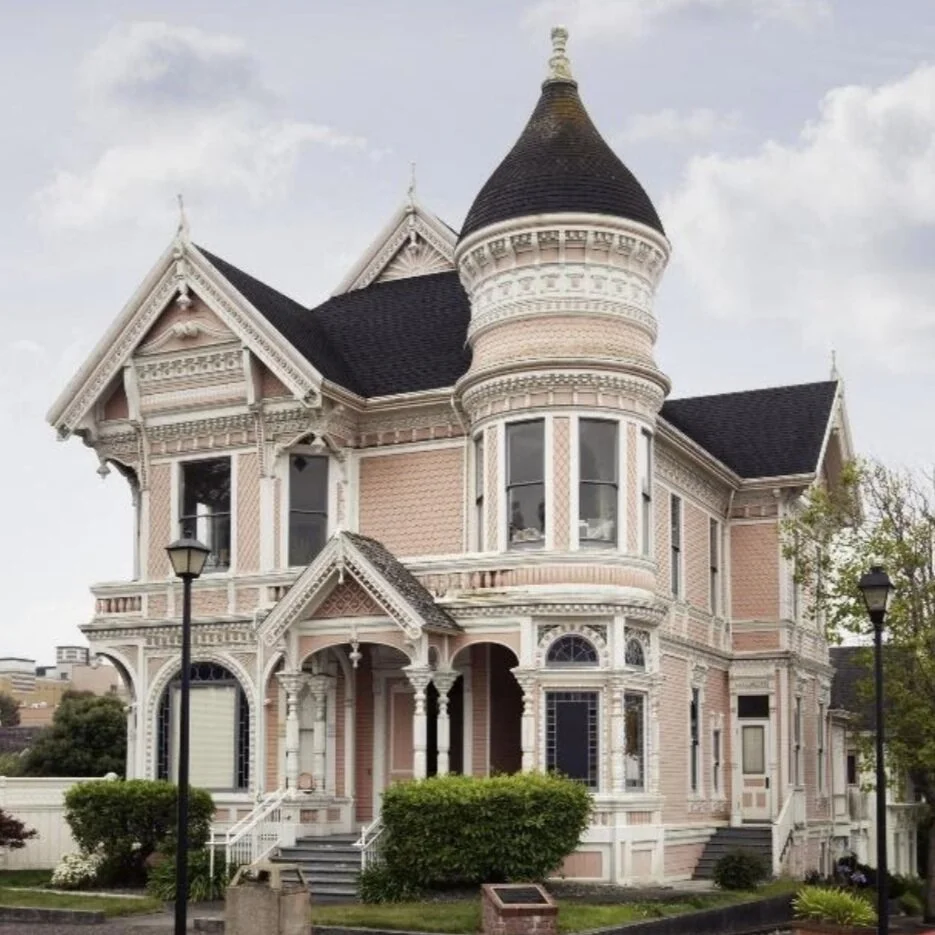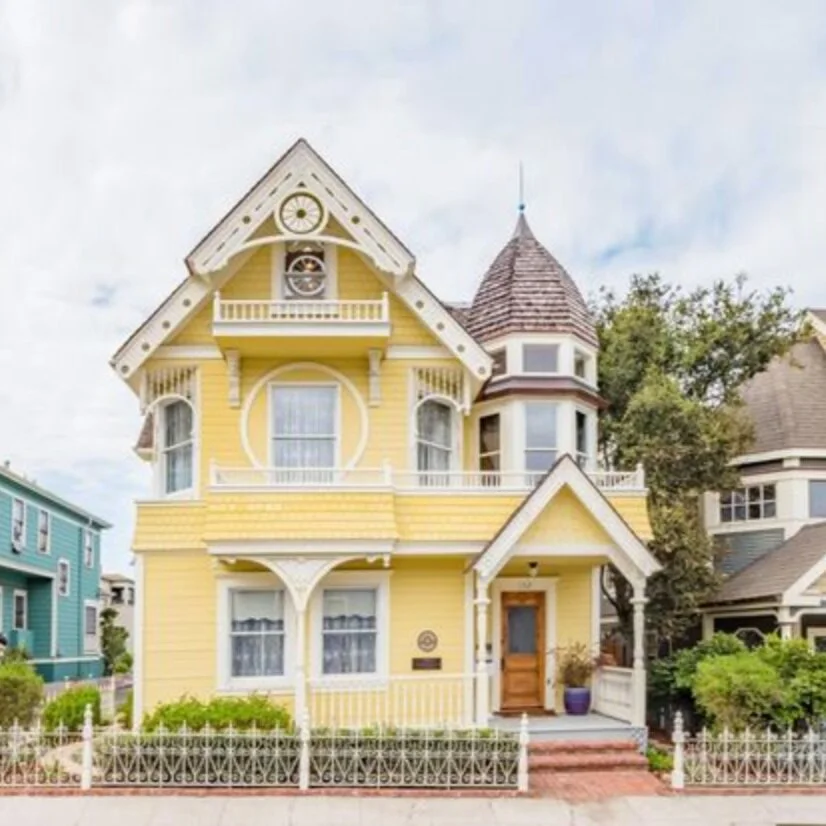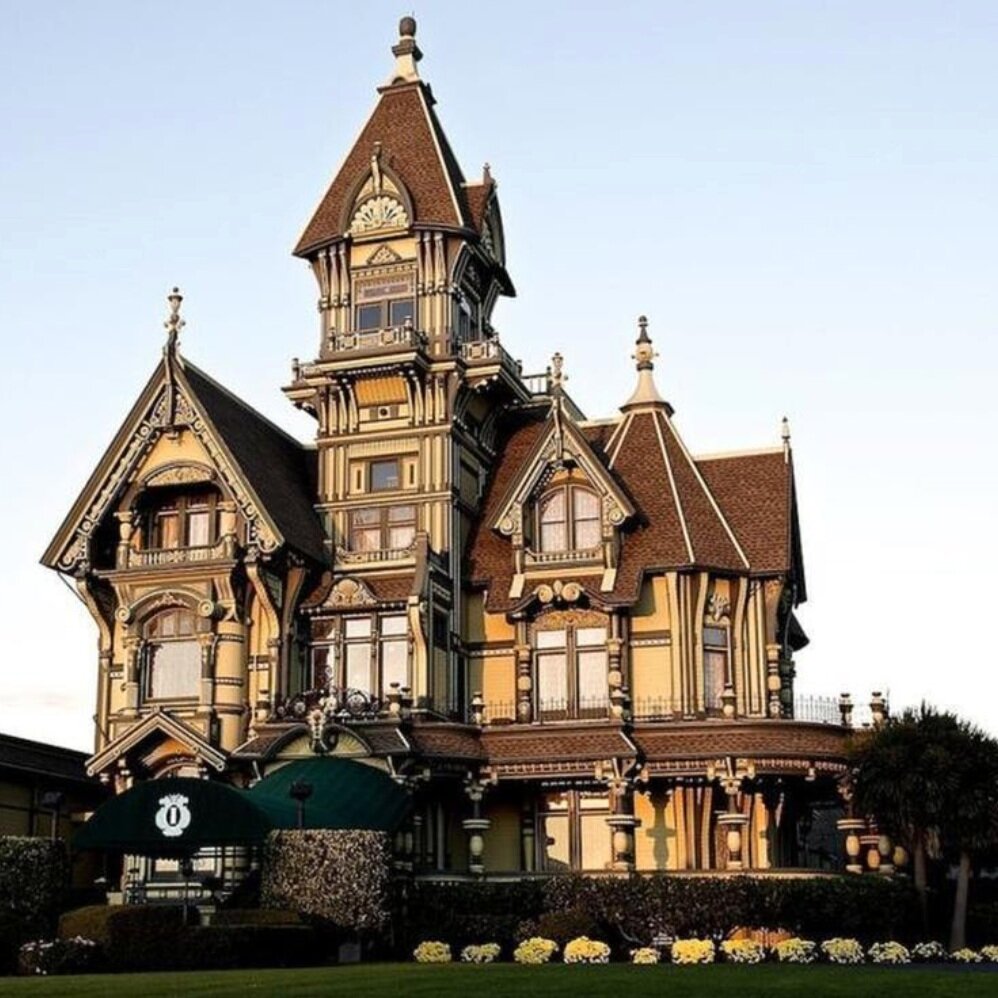Live Out Your Victorian Daydreams in These Gorgeous Antique Homes
Painted ladies aplenty.
There has always been something alluring about a Victorian house. Whether it’s the pastel paint job, turreted bedrooms or the possibility of a ghost or two, even the most modernist-minded individual can’t help but wonder at their elaborate beauty.
Fortunately, the United States is awash with these stunning architectural marvels from East Coast to West Coast. Frantic for some HGTV-motivated dream house inspiration? Well, fret not dearest reader, we’ve got Victorian-tinted daydreams galore.
What makes Victorian architecture unique? What are the elements that separate it from Mid-Century, from Colonial, from Modernistic? To begin, the term Victorian technically refers to a particular era, that is the reign of Queen Victoria of Great Britain, from 1837 to 1901 to be exact, rather than a particular style. The age of Victorian architecture lasted more than 60 years and encompassed a mélange of styles including early Gothic Revival, Folk Victorian, Greek Revival, Italianate, and Second Empire, among several others. A major contributing factor making the unique building elements of this era possible was the overall socioeconomic situation. The Victorian era was a period of expanding wealth and growth of the middle class, related to the boom in mass production facilitated, in part, by the latter half of the Industrial Revolution. By the end of the era, many homes featured modern conveniences like running hot and cold water, sanitation, and gas (Hohenadel).
Victorian-era architecture is marked by an unapologetic devotion to ornamentation, flourish, and ornate maximalist design. While Victorian architecture encompasses many different styles, common distinctive features include a steeply pitched roof, brick or stone exterior, ornate gable, “gingerbread” ornamentation, painted iron railings, octagonal or round towers and turrets to draw the eye upward, and generous wraparound porches. Exteriors were intended to be eye-catching and typically were asymmetrical. Interior design in the Victorian period was layered, cluttered, ornate, and eccentric. Interiors of Victorian-era houses often included grand staircases, complicated layouts linking the parlor, formal dining room, and library, high ceilings, ornately carved wood paneling, and stained-glass windows finished with dark wood furniture (Hohenadel).
When it comes to getting a good look at these glorious “painted ladies” (as Victorian homes tend to be called) in person, one usually doesn’t have to search too far. Most towns of a certain age tend to have at least one or two homes dating from the time of good old Queen Victoria. However, there are a few places around the United States known for being hubs of some truly spectacular Victorian architecture and plentiful Pinterest board inspiration.
The Vine Neighborhood, Kalamazoo, MI
After going through a rough patch in the 1980s, the leafy and quirky Victorian-era Vine Neighborhood is experiencing a significant comeback as people move here because it is close to downtown, stellar schools, parks, hiking trails, and playgrounds. Its proximity to Western Michigan University helps "The Vine" maintain a youthful vibe, with an eclectic mix of trendy restaurants, bars, and independently owned shops. Most homes are Foursquares or Queen Annes, and have retained their distinguishing features, including wraparound porches, double-hung windows, and Victorian-era millwork.
Richmond Hill, Queens, NYC
Richmond Hill is as peaceful and laid back as Manhattan is chaotic and fast-paced. It’s hard to imagine these two entirely different places are less than a 45-minute subway ride from each other. Once home to thousands of Italians, Irish, and German immigrants looking to escape the crowded living conditions of the city, Richmond Hill was established in the mid-1800s as one of New York City's first planned communities. The largest and most spectacular homes are in North Richmond Hill, where many homes were designed by famed New York City architect Henry Haugaard. His Queen Annes and Classical Revivals are especially known for their unique built-ins, enormous front porches, inlaid floors, and multicolored shingles.
Alamo Square, San Francisco, CA
Alamo Square is home to a great deal of the Bay Area’s vast array of Victorian homes. In fact, the famous Painted Lady Row in the original opening credits of the late 1980s TV series Full House is located here. The Painted Ladies are a group of seven similar, colorfully painted Victorians that sit right along this district's popular park also called "Postcard Row." This district lies just to the west of Hayes Valley. The centerpiece of this San Francisco neighborhood is the park, which is bordered by Fulton, Steiner, Scott, and Hayes Streets. Painted Lady Row is located across the park on Steiner Street at 710–720 Steiner. These gems were built during the development boom from the 1870s to the 1890s. Residents built a variety of Victorian houses, from the well-known Queen Anne style to the more modest Stick style. Because the ground is more stable here than much of the city, damage from the 1906 earthquake was less severe and left most Victorians still standing. In the 1960s, homeowners began to revitalize the houses in this district and paint them with lively colors. Like much of San Francisco, real estate is off the charts, but it’s free to look!
Historic Downtown, Cape May, NJ
With the highest concentration of Victorian homes outside of San Francisco, Cape May, New Jersey draws in visitors from around the world each year. After a huge fire in 1878, which destroyed most of the town, Cape May quickly rebuilt itself. As homes began to deteriorate, efforts were made to preserve these beautiful structures culminating in Cape May being named as a National Historic Landmark in 1976. Along with this designation, restoration and preservation of historic homes has become a true and important focus for residents. While it is easy to spot these vibrant beauties, Perry St., Jackson St., Decatur, and Ocean St. boast the largest population. Washington Street Mall is also home to some notable Victorian homes that were converted into local shops.
I sincerely hoped you enjoyed learning a little more about the history behind the turrets and grand staircases of these wonderful Victorian homes, and what makes Victorians so unique and interesting in addition to the fabulous pictures of course. May your future house-buying plans continue to be big and wonderful. Until next time!
Au revoir,
Matea xoxo




